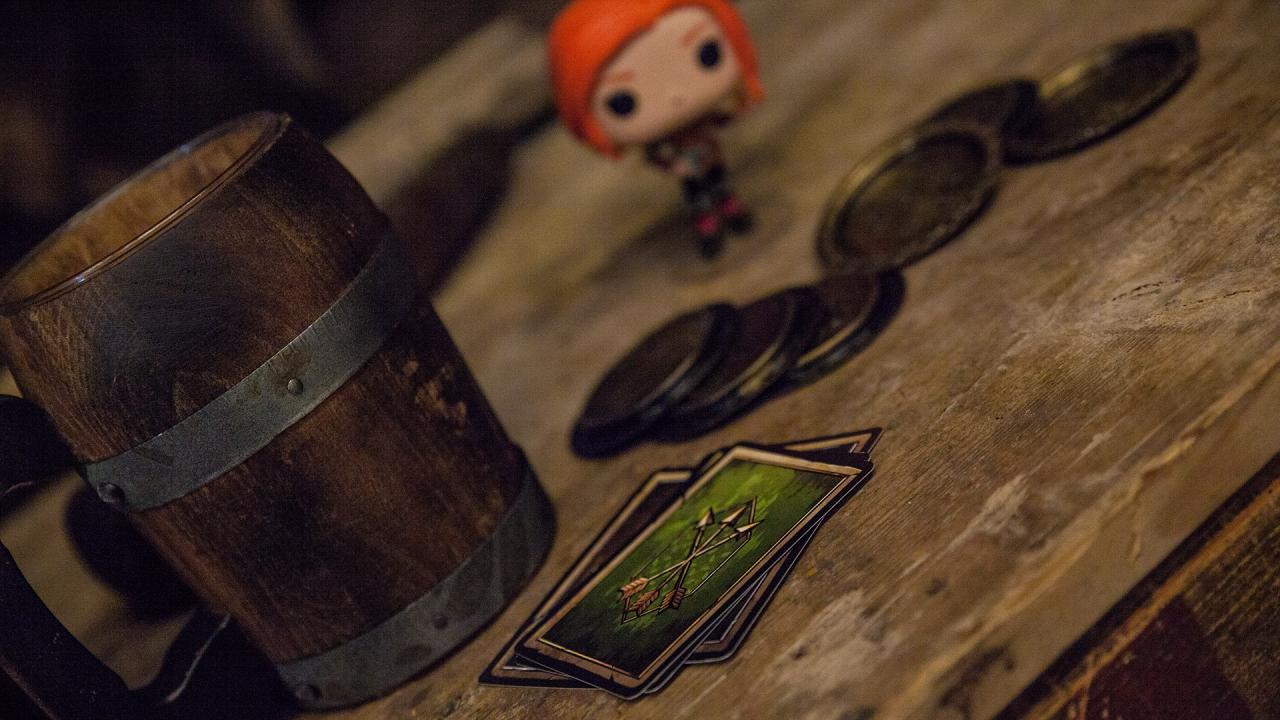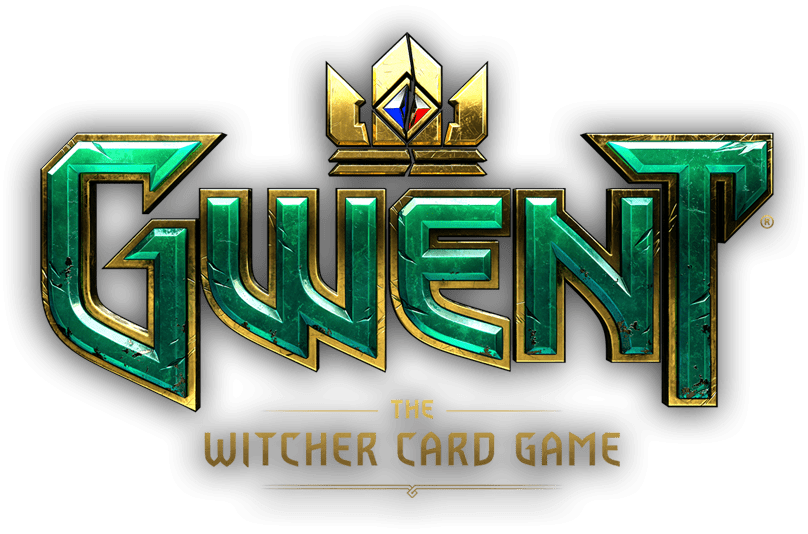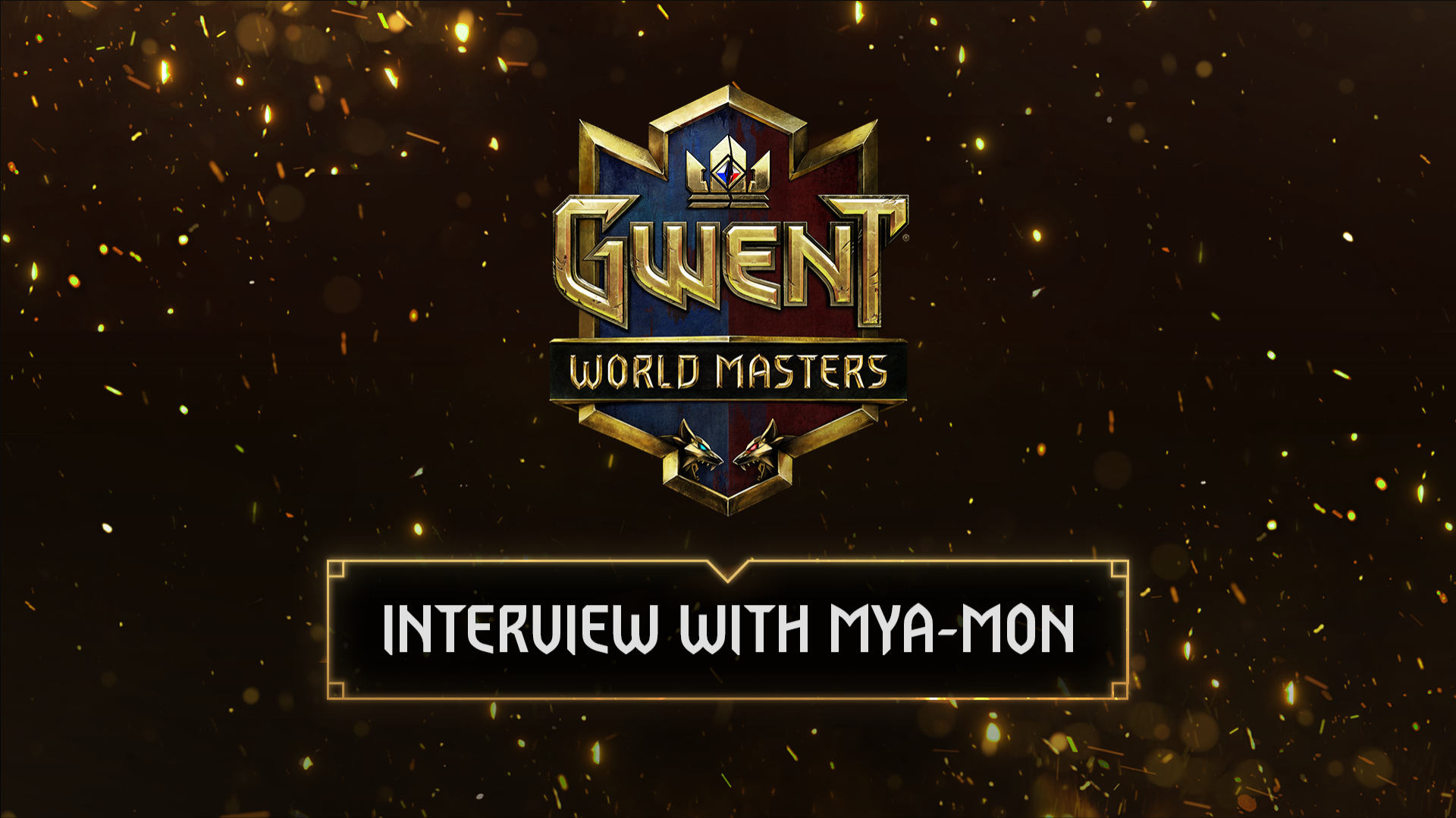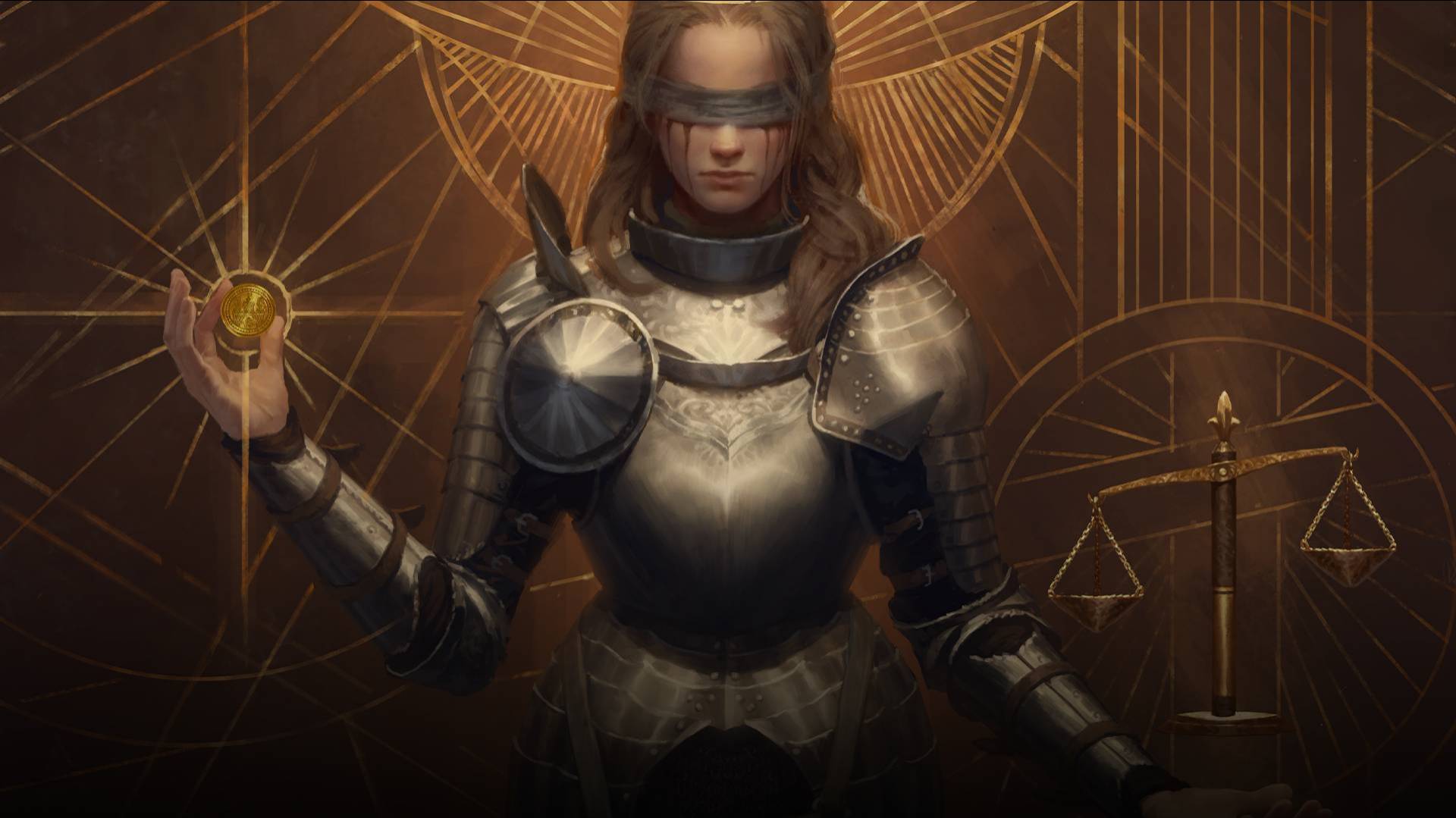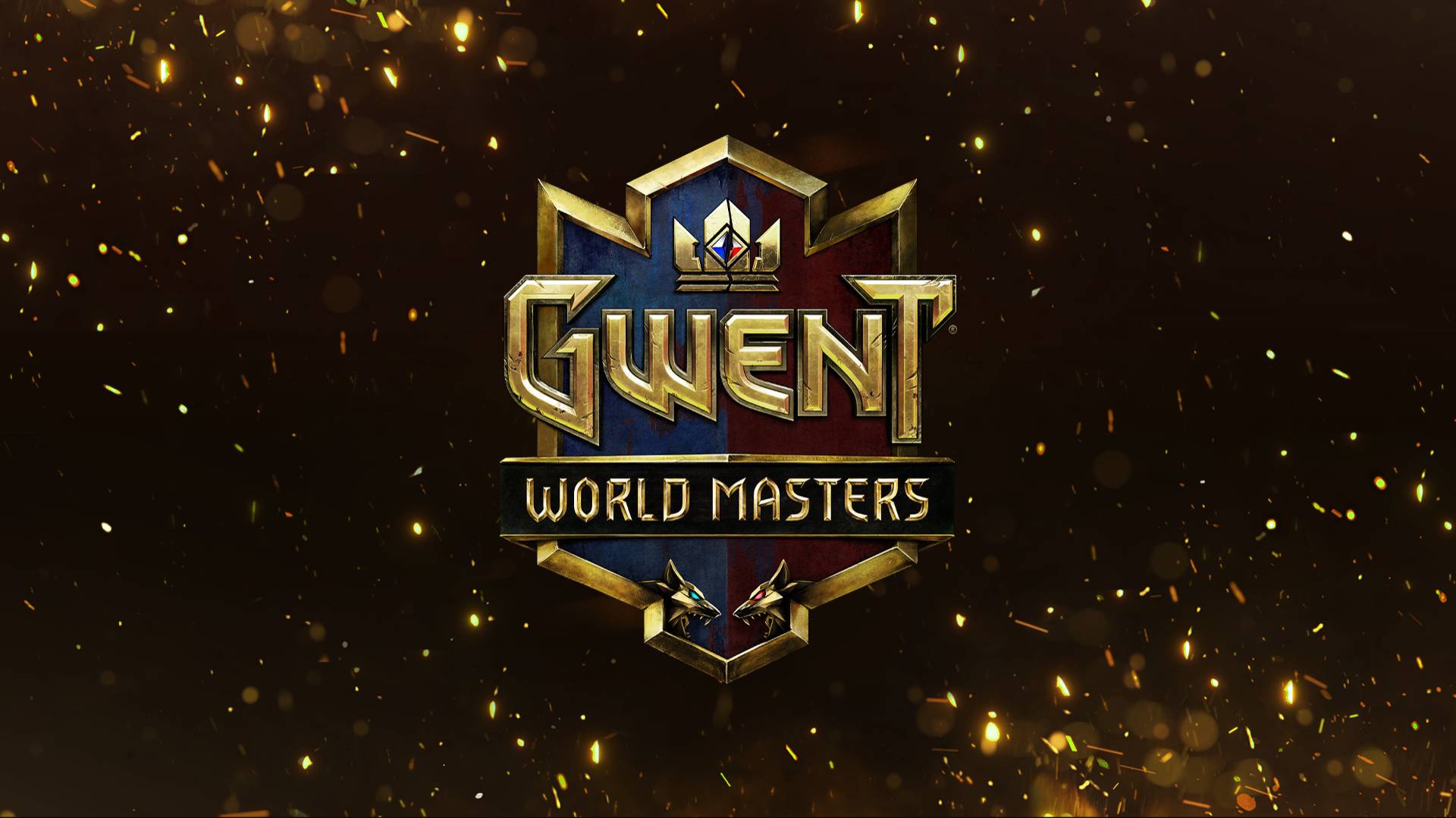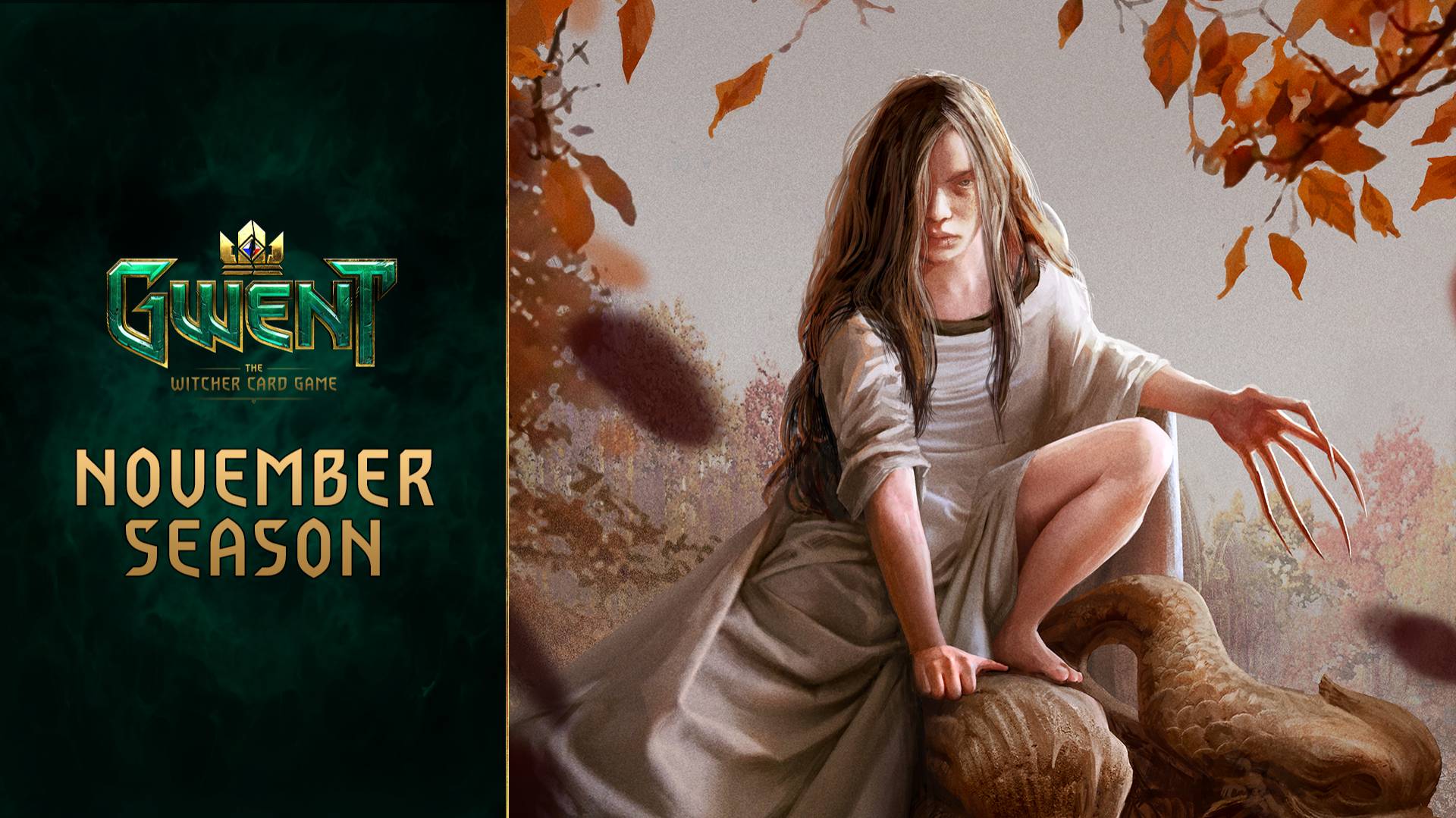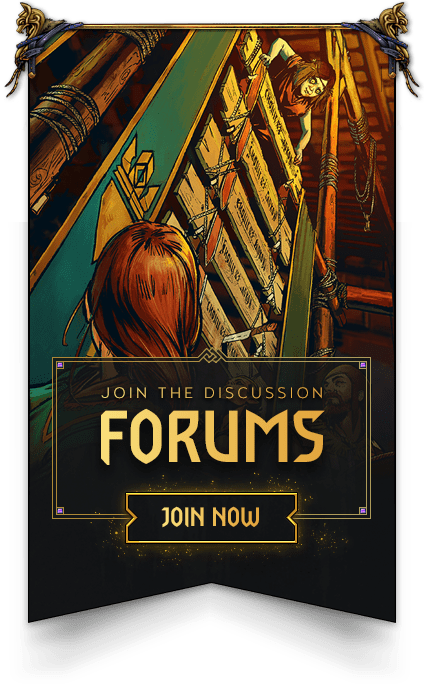No denying it by now — GWENT: The Witcher Card Game is elaborate as games go… and wonderfully so! But with all those bells and whistles and snazzy effects in front of you, it’s sometimes easy to forget just how many souls contribute to making the title, how much pure skill they put into crafting all the elements of the game and every darn card! Already GWENT boasts a collection of over 300 of them — and that number’s due to grow! So, how do we come up with the names, appearances and mechanics for GWENT cards?
Narrative designers are the first to step up and choose the characters, spells or scenes for a given card. The concept they put forward has to blend seamlessly with the universe of The Witcher — for it’s in this world that all GWENT events transpire. Take the Succubus: followers of Geralt of Rivia’s adventures are sure to recognize this she-beast and the Monster faction as a whole — one of five in GWENT. But while this particular character was something of a no-brainer for the faction, the challenge was to design it with a mechanic that would also make sense both in the context of the world and in terms of the game’s balance.
That’s where gameplay designers come in. They figure out, then tweak, then retweak each card’s role in the game, determining unit type, strength or special abilities. Before dropping a card in the game, however, they often test it out on paper first, doing calculations, comparing its mechanic to other cards and card classes — anything and everything to make sure each new card adds excitement and remains balanced in every battle it gets thrown into. So the Succubus wound up a gold card — tricky to knock off the battlefield. What’s more, you can play it as both an ally and as a disloyal unit, in which case its strength is added to the opponent’s score in return for its special power — sending the enemy’s strongest unit on the battlefield over to your side. Deployed at the right instant, the Succubus can translate into a tantalizing endgame.
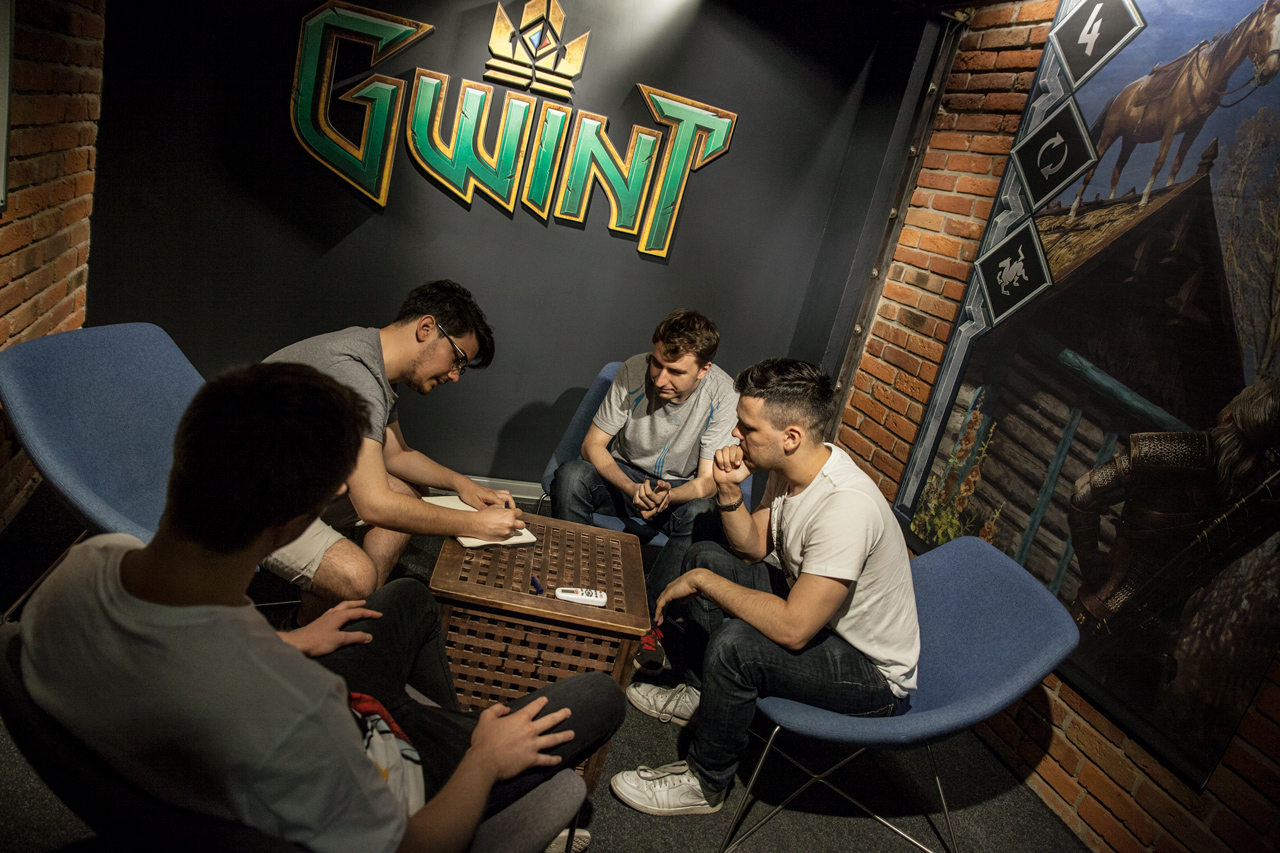
The designers eventually put all their ideas in a document that explains the card’s name, how it’ll work in the game, who or what it depicts, the stories and emotions it evokes and brings to the table. All this information gets sent to artists who run with it till they’ve crafted a single-frame image that — believe it or not — tells a small but whole tale. Naturally, this is a process in itself, entailing the production of numerous sketches that place a character or object in different settings and situations, in varying garb. Step by step, illustrators develop and refine the best sketches, adding more layers and details all the while. Thus a card’s base form is born!
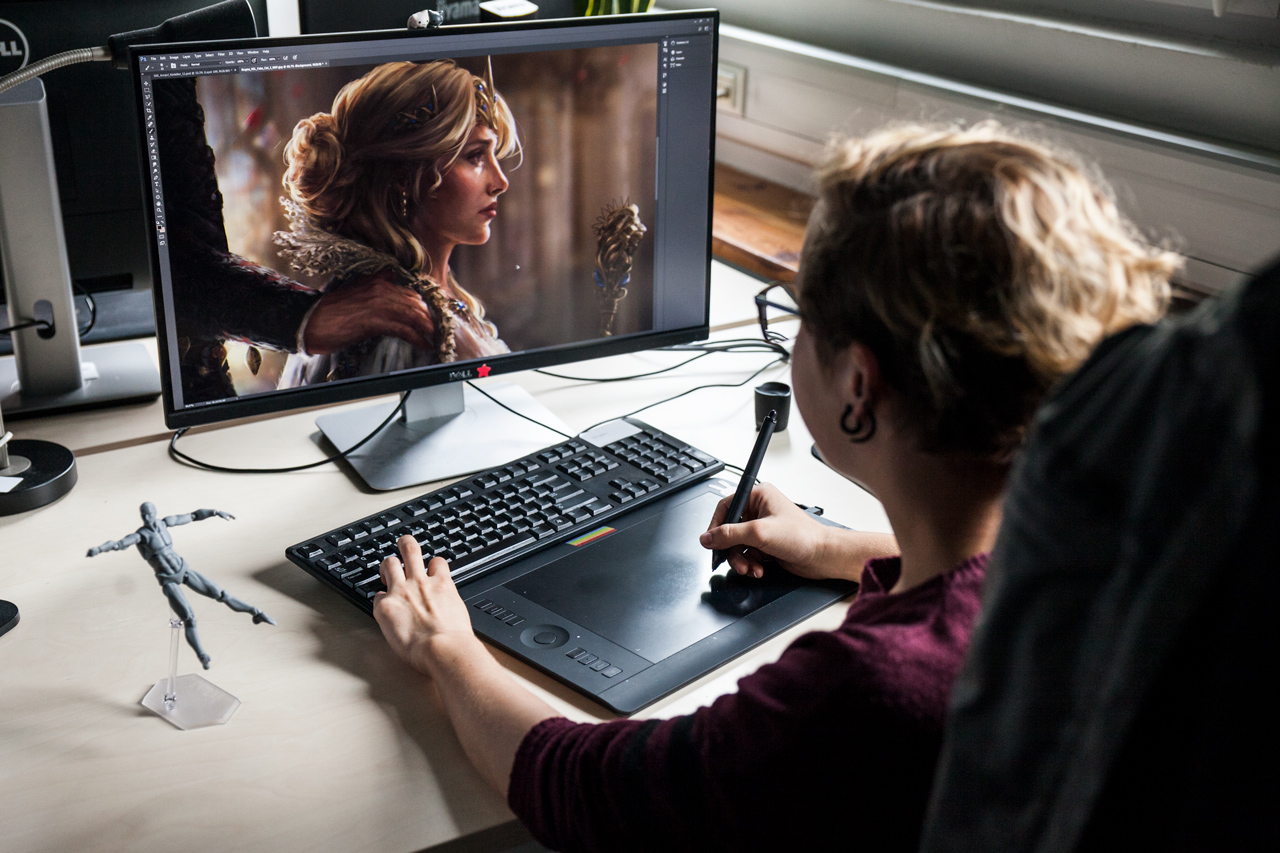
However, we’re out to give GWENT players more than still pictures. So each and every card gets its animated counterpart. Based on the completed 2D illustrations, 3D artists produce three-dimensional images that constitute a sort of bas-relief, a model. In something of a reversal of the way things are normally done, where detailed textures are added to existing 3D models, our approach grants GWENT its unique look and feel while giving our artists creative opportunities aplenty.
Skeletons are then inserted into the 3D models. Animators use these to get things moving. GWENT’s animated premium cards offer some of the most dynamic scenes to be found in the wide world of collectible card games. And they’re also a challenge to make. After all, with some cards, if the action was to be “natural,” characters or objects would quickly move out of frame. Leave it to our skilled animators to find creative work-arounds. In some instances, as with Ciri’s card, they opted to stop time during the final moments of the scene. In others, such as the dynamic Tibor Eggebracht, animators used the scene as set by illustrators to create compelling, infinite loops. And when it came to Roach’s card… well, we all knew taming that beast would be a challenge.
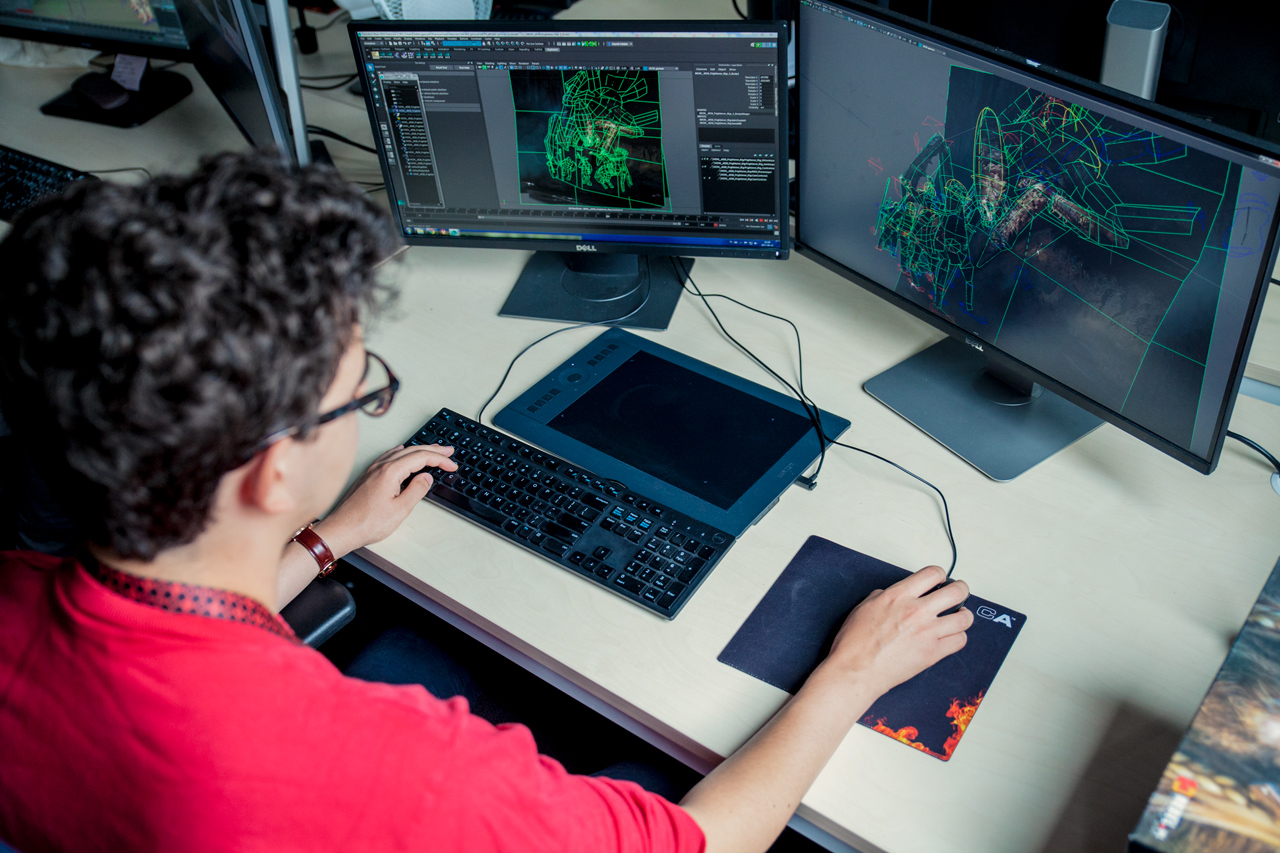
But it doesn’t end with movement. Many of the cards feature fiery explosions, thrilling magic spells and spectacular weather effects, all brought to life by our VFX artists. These artists are also behind the effects that materialize when cards are created and deployed, as well as when they take any damage. And their sense of humor often shines through — as with Priscilla, who becomes a wild disco queen on her animated card. Sound designers also play their part in upping the mood by giving the depicted characters voices and adding many other sound effects.
Of course, all this is just for the card fronts – yet there’s much, much more behind and around them! Our UI artists design the cards’ decorative frames, the icons different units feature, and many other visual elements on the battlefield and in the menus. For instance, these 2D artists deal with the game board’s texture and the backs of the faction cards. Our programmers then tie all these pieces together, the sumptuous cards included, with thousands of lines of code. Finally, the peeps in the QA department catch any errors or problems, ultimately making sure the whole thing runs like a sweet dream.
“Whew,” you might say, “that was an earful.” But GWENT’s story doesn’t stop there. ‘Cause remember, what was once a side-show and additional attraction in The Witcher 3: Wild Hunt is its own independent production today, a production that happens to be one of the largest Unity-made games in Europe. All that said, we have to admit that we’re not even close to done: we’re continuing to add new elements to GWENT. Among them, the team behind the story of The Witcher 3 is working on narrative campaigns that’ll take players back into the depths of the world of The Witcher.
Lastly, as the game continues to grow, our team continues to grow along with it. So if you're interested in game development and want to work with us on GWENT, visit our website today!

